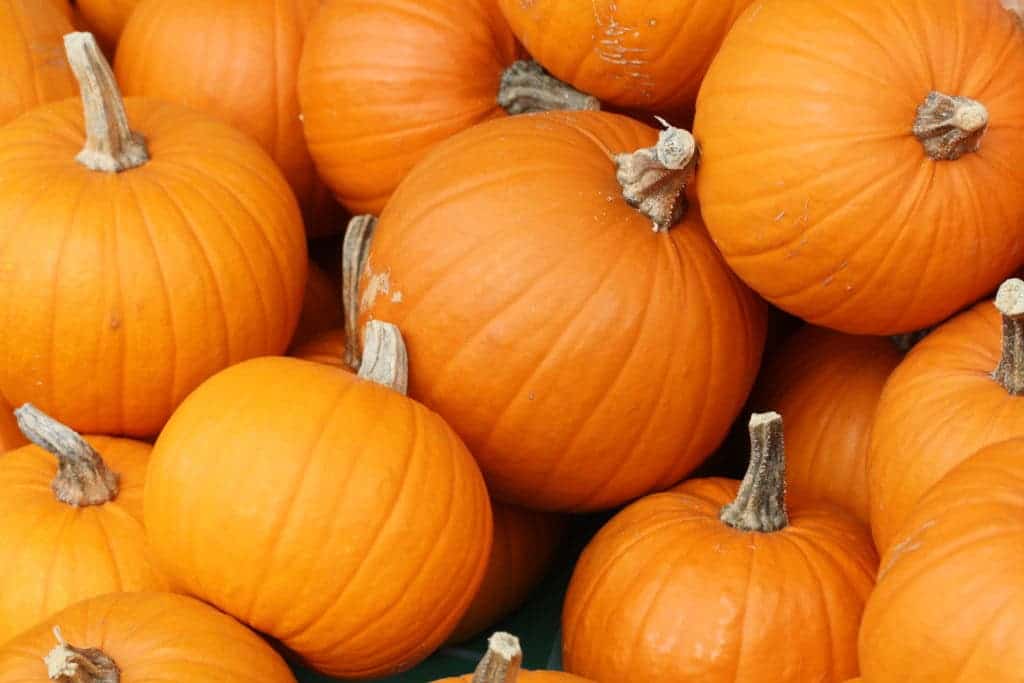Pumpkins are the gems of the fall harvest and are perfect for soups and other autumn dishes. They also can be spooky or goofy when carved for Halloween. Now we know more about pumpkins taste and look the way that they do. Scientists from the Boyce Thompson Institute and National Engineering Research Center for Vegetables in Beijing have sequenced the genomes of two important pumpkin species.
Most of the world’s gourds come from Asia; over two-thirds of them are grown there. Pumpkins are a big part of the diet in developing countries and appreciated all over the world for their taste and appearance. It’s important to know more about the commercially important pumpkin species to optimize their cultivation.
Two pumpkins were sequenced to understand the genetic origins of their different traits. Cucurbita moschata is very resistant to disease and stress, and Cucurbita maxima is more nutritious and tastes better. A hybrid can be made between these two species called Shintosa and is even more resistant than its parent plants. In particular, their roots are very strong and resistant. Often, farmers cut off the roots and fuse the stem of another cucurbit such as a watermelon, cucumber, or melon so that they have stronger roots.
The genome can help researcher know which genes cause which trait in the various pumpkins. Researchers could then breed for desirable traits, such as resistance to fungi or increasing the vitamin and nutritional content.
“The high-quality pumpkin genome sequences will lead to more efficient dissection of the genetics underlying important agronomic traits, thus accelerating the breeding process for pumpkin improvement,” said Zhangjun Fei, associate professor at BTI, Cornell adjunct associate professor of plant pathology and a senior author of the paper.
Knowing the genome of these pumpkins also allows us to trace its evolutionary history. This genus of pumpkins Curcurbita has a large genome, 20 pairs of chromosomes, which is more than twice the number of related plants. Their genome is actually a combination of two ancient genomes; 3-20 million years ago, two primitive pumpkin species combined together. The resulting pumpkin had four copies of each chromosome. The current version of the pumpkin has two copies of each chromosome. Often, one of the ancient genomes will dominate over the other to contribute more to the genes, such as in corn and cotton. The Curcurbita genus lost genes randomly, without either genome asserting dominance. The ancestral genomes are thus intact giving us a glimpse at the genomes of pumpkin ancestors.
“We were excited to find out that the current two subgenomes in pumpkin largely maintain the chromosome structures of the two progenitors despite sharing the same nucleus for at least three million years,” said Shan Wu, first author of the paper and BTI postdoc.
Pumpkins are an important and tasty crop with an interesting evolutionary history. Knowing their genome could help to breed more resistant and nutritious pumpkins in the future.
Journal reference: Honghe Sun, Shan Wu, Guoyu Zhang, Chen Jiao, Shaogui Guo, Yi Ren, Jie Zhang, Haiying Zhang, Guoyi Gong, Zhangcai Jia, Fan Zhang, Jiaxing Tian, William J. Lucas, Jeff J. Doyle, Haizhen Li, Zhangjun Fei, Yong Xu. Karyotype Stability and Unbiased Fractionation in the Paleo-Allotetraploid Cucurbita Genomes. Molecular Plant, 2017; 10 (10): 1293 DOI: 10.1016/j.molp.2017.09.003










